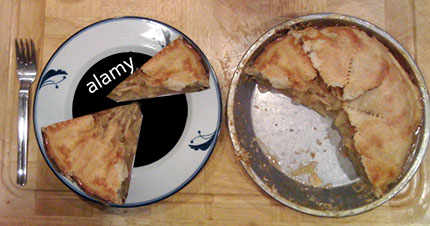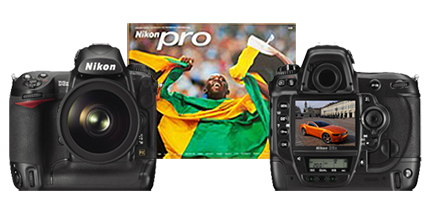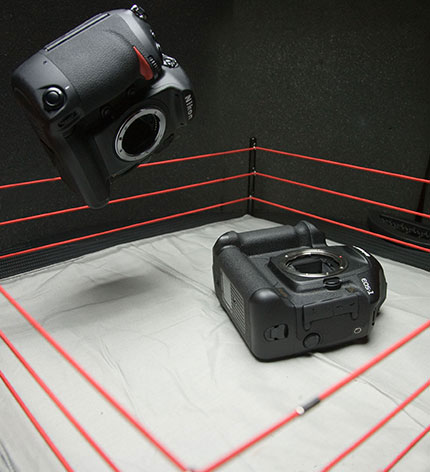As Storage Costs Decline, Alamy Takes Mo' Money
 Yes, as the costs of storage continue to decline, as well as the costs for server technology as well, it would stand to reason that your partner in stock image licensing would share in these cost savings by giving you, say, a greater piece of each sale? Then again, why bother. They've gotten to be so big that they can just do as they please, and take more of your money. What are you going to do about it? Go to Getty?
Yes, as the costs of storage continue to decline, as well as the costs for server technology as well, it would stand to reason that your partner in stock image licensing would share in these cost savings by giving you, say, a greater piece of each sale? Then again, why bother. They've gotten to be so big that they can just do as they please, and take more of your money. What are you going to do about it? Go to Getty?
Perhaps I am harkening back to days gone by where these organizations were "representing you", as your "agent", and looking out for your best interests. That notion was decimated by how Getty handled (and continues to handle) its' stable of photographers. We wrote about this back in September (Alamy, Oh My!, 9/28/08), about this same 5%, and they wrote on their blog here about the 5% from September, and here just recently, to remind you. The e-mail they just sent out, in part, reads:
The key changes are listed here: http://www.alamy.com/notice-board-1108.asp
We advise you to review the new contract here: http://www.alamy.com/terms.asp
The changes take effect on January 10th 2009, 45 days from November 26th 2008.
We recommend that you read through the changes thoroughly and print off a copy of the new contract for your records, there is no need for any further action on your part.
The key reason for issuing a new contract is the 5% increase in Alamy's commission on all commission schedules as announced on our blog.
The following commission splits will apply from January 10th:
- Alamy Blue: Alamy commission 40%, Contributor commission 60%
- Alamy Red: Alamy commission 20%, Contributor commission 80%
storage fees and submissionfees still apply
- Alamy Green: Alamy commission 30%, Contributor commission 70%
storage fees still apply
What is a mis-representation is that Alamy is not increasing their commission by "5%", they are increasing it by 5 percentage points, and there's a big difference.
Consider this. A sale of $100 where the commission was 40% to Alamy, that would mean they would get $40. a 5% increase in what they are getting would increase $40 by $2. A 5 percentage point increase would increase the $40 to $45. So, they are taking an additional 12.5%, not an additional 5%. They are playing games with statistics, making it appear like it's less of an increase than it is. What this means is that you won't see a 5% decrease in your actual dollars received, you'll see a 12.5% decrease in actual dollars received. So, for every $100 you used to get, you'll only be getting $87.50. Curb your holiday spending accordingly.
What's next? A Windows Home Server , which I wrote about (Microsoft Pro Photo Summit2008 - recap, 7/11/08) is something we've put in place here in the office. The box has four 1TB drives, and three Iomega 1.5TB drives, for about 7.5TB of storage space, all accessible to me from anywhere in the world. This is seperate and distinct from my ability to use "screen sharing" on my Mac and connect into the computers in my office.
What I think will be next will be that Alamy/et al will give you X% if they host it, and X% plus an additional percentage point or two if you host it - a sort of distributed computing/peer-to-peer network. All Alamy would need to do is set up a P2P solution and all of a sudden you are being required to host the images, and they become the distribution hub, and collect fees as the requests pass through their servers.
Please post your comments by clicking the link below. If you've got questions, please pose them in our Photo Business Forum Flickr Group Discussion Threads.





